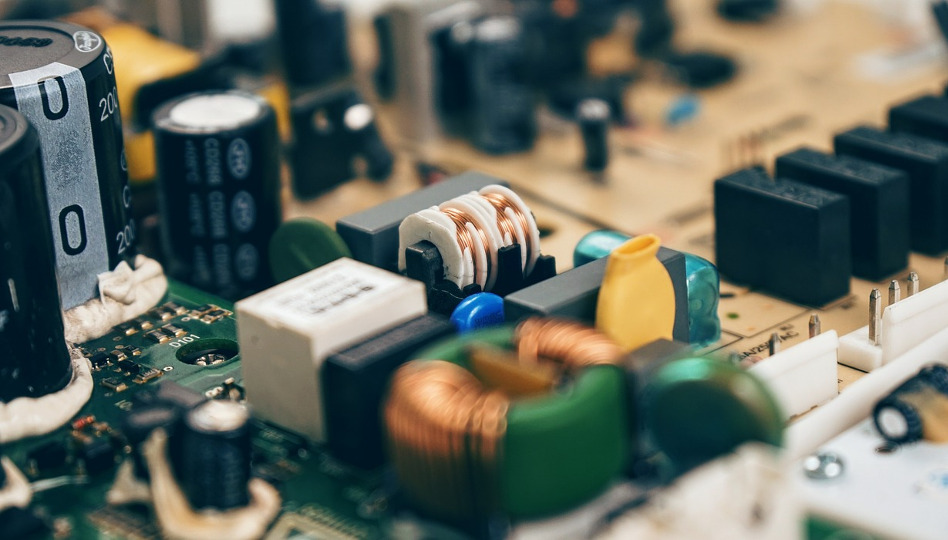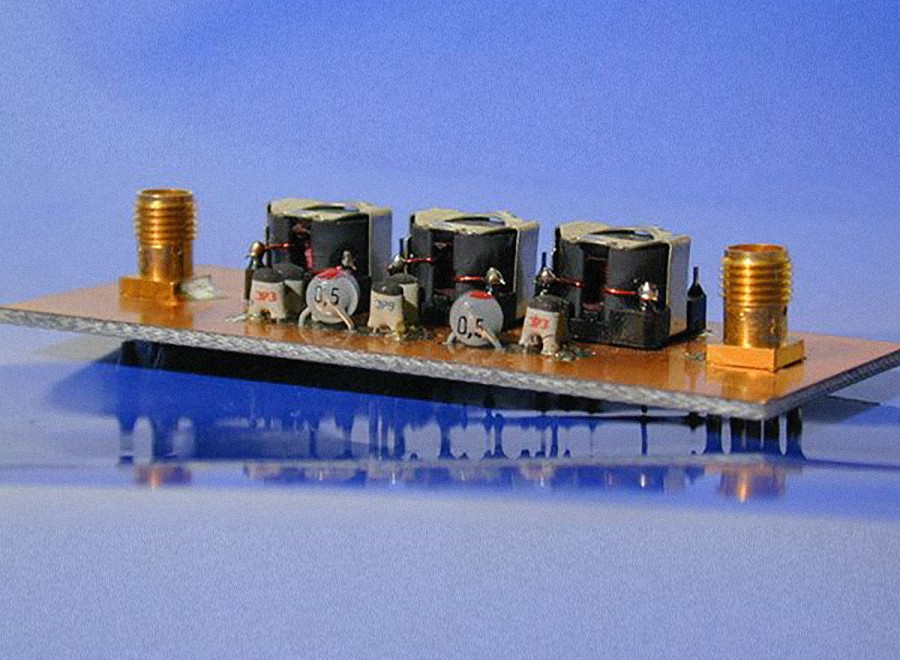Differences Between Active and Passive Filters
If you’re familiar with the world of electronics, you probably already know about electronic filters and their applications. They remove unwanted frequency components, boost the desired frequencies, or they do both. The difference between active & passive filters lies within their need for power supply, among a few other things.
To get more insight into the differences between these two types of electronic filters, let’s compare them side by side.

Brief Overview of Filters
Let’s start with a brief refresher on filters, what they are, and how they’re used. A filter is a collection of components that are designed to reduce the amplitude of an unwanted frequency. Basically, filters are circuits that are capable of flushing out a frequency or a range of frequencies that are not wanted or needed within a given application. Filters are used in many practical devices, such as radio communications, DC power supplies, audio electronics, and analog to digital conversion.
Within radio communications, for example, filters allow radio receivers to differentiate between wanted and unwanted signals, rejecting the ones that are not useful. For DC power supplies, filters remove noise or static that appear in AC outputs. They can also reduce what’s called “ripples.” So what’s the difference between active and passive filters?
What are Passive Filters?
Passive filters don’t require an external power supply because there are no amplifiers. Instead, they use passive components, which include resistors, capacitors, and inductors. However, because a passive filter doesn’t use external power, this means that it cannot produce any power gain. A passive filter has an incredibly simple design, making it fairly inexpensive. Since they use inductors, a passive filter can handle very high currents, making them suitable for high frequency applications. Passive filters are most commonly used in audio applications, specifically for speaker systems to direct lower frequency bass levels to the larger speakers.
On the flip side, this means that they’re not well–suited for lower frequency applications. This however, does not mean that it has frequency limitations. If it were to be used for such applications, a larger inductor would be needed, which would increase the size and cost of the filter. Because a passive filter doesn’t have an amplifier, the gain will always be one or less. On top of that, it can be difficult to decompose the design of a passive filter due to the fact that there is no isolation between the input and output.
Advantages of Passive Filters
- Guaranteed stability.
- No power supply needed.
- Less expensive.
- High frequency.
- Easy to design.
Disadvantages of Passive Filters
- Sometimes they have response issues.
- They’re large in size.
- Gain is always 1 or less.
- Bulky if used with inductors.
What are Active Filters?
Active filters are a type of electronic filter that uses active components, including op-amps and transistors. They actually work with passive components as well, like resistors and capacitors, but not inductors. Compared to passive filters, their design is complex and they tend to be more expensive. However, they are capable of producing a power gain. The op-amp active component acts as an amplifier. This allows for specific gain control and isolation of specific modules that can work independently of one another. Op-amps require a continuous power source. They also have high input impedance and very low output impedance. This means that the active filter will not have a loading effect problem at its source. Also, changing or adding variations to the load won’t impact the active filter’s performance because the load is isolated from the source.
One of the drawbacks of an active filter (even though it’s also one of its advantages) is that it does require an external source. The filter's performance depends upon the health of the power source, and the active components found in the filter have limited bandwidth. This means that active filters should not be used for filtering high-frequency signals as they can be damaged by large currents. Active filters are used in communication systems to suppress sound and improve the message signal. They’re found in audio systems and biomedical instruments to connect sensors with diagnostic equipment.
Advantages of Active Filters
- No resonance issues.
- No loading problems.
- Can eliminate any harmonics.
- More responsible than passive filters
- Zero insertion loss.
Disadvantages of Active Filters
- They can be expensive.
- They have a complex control system.
- Limited frequency range.
- Requires DC power supply.

Understanding the Differences Between Filters
Electronic filters are an essential component of many electronic systems and applications. Without them, many of the systems we rely on wouldn’t be available to us, from medical equipment to audio systems.
Understanding the ins and outs of electronic filters, including the different types of filters, is an integral part of being an Electronics Technician. If you want to expand your knowledge of electronic filters and gain hands-on experience in the field, you might be interested in learning more about our Electronics Technicians Training Program.
